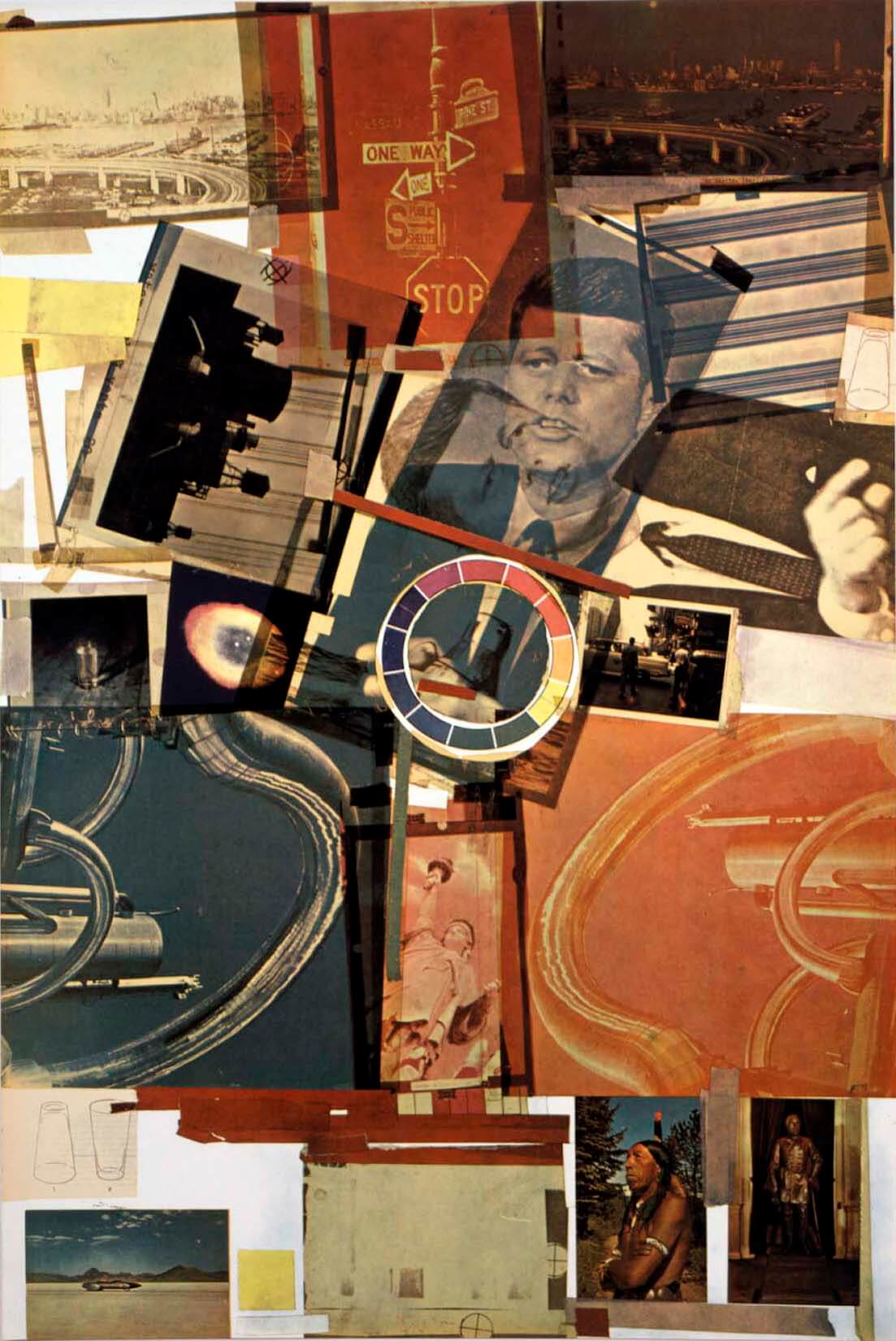20th Century & Contemporary Art Evening Sale
New York Auction 17 May 2023
1
Noah Davis
Untitled
Estimate $100,000 - 150,000
Sold for $990,600
Create your first list.
Select an existing list or create a new list to share and manage lots you follow.
2
Caroline Walker
Conservation
Estimate $150,000 - 350,000
Sold for $469,900
Create your first list.
Select an existing list or create a new list to share and manage lots you follow.
3
Julien Nguyen
Jeu de Paume
Estimate $100,000 - 150,000
Sold for $127,000
Create your first list.
Select an existing list or create a new list to share and manage lots you follow.
4
Pablo Picasso
Tête de femme au chignon
Estimate $6,000,000 - 9,000,000
Sold for $7,320,000
Create your first list.
Select an existing list or create a new list to share and manage lots you follow.
5
This lot is no longer available.
6
Louise Bonnet
The Red Pants
Estimate $300,000 - 500,000
Sold for $406,400
Create your first list.
Select an existing list or create a new list to share and manage lots you follow.
7
Yayoi Kusama
Red Stripes
Estimate $2,500,000 - 3,500,000
Sold for $2,722,000
Create your first list.
Select an existing list or create a new list to share and manage lots you follow.
8
Yayoi Kusama
Blue Spots
Estimate $2,500,000 - 3,500,000
Sold for $3,206,000
Create your first list.
Select an existing list or create a new list to share and manage lots you follow.
9
Ewa Juszkiewicz
Untitled (after Ernst Thelott)
Estimate $200,000 - 300,000
Sold for $635,000
Create your first list.
Select an existing list or create a new list to share and manage lots you follow.
10
Andy Warhol
Self-Portrait (Fright Wig)
Estimate $800,000 - 1,200,000
Sold for $1,633,000
Create your first list.
Select an existing list or create a new list to share and manage lots you follow.
11
Ed Ruscha
Dixie Red Seville
Estimate $2,500,000 - 3,500,000
Create your first list.
Select an existing list or create a new list to share and manage lots you follow.
12
Yoshitomo Nara
Guitar Girl
Estimate $2,000,000 - 3,000,000
Sold for $2,480,000
Create your first list.
Select an existing list or create a new list to share and manage lots you follow.
13
Banksy
Banksquiat. Boy and Dog in Stop and Search
Estimate $8,000,000 - 12,000,000
Sold for $9,724,500
Create your first list.
Select an existing list or create a new list to share and manage lots you follow.
14
Henry Taylor
Dakar, Senegal #3
Estimate $80,000 - 120,000
Sold for $584,200
Create your first list.
Select an existing list or create a new list to share and manage lots you follow.
15
Robert Colescott
A Death of an Old Mulatta
Estimate $500,000 - 700,000
Create your first list.
Select an existing list or create a new list to share and manage lots you follow.
16
Rashid Johnson
Untitled Escape Collage
Estimate $800,000 - 1,200,000
Sold for $990,600
Create your first list.
Select an existing list or create a new list to share and manage lots you follow.
17
This lot is no longer available.
18
Roy Lichtenstein
Mirror #7
Estimate $3,000,000 - 4,000,000
Sold for $2,843,000
Create your first list.
Select an existing list or create a new list to share and manage lots you follow.
19
Damien Hirst
Reconciliation
Estimate $700,000 - 1,000,000
Sold for $927,100
Create your first list.
Select an existing list or create a new list to share and manage lots you follow.
20
Robert Ryman
Mark
Estimate $3,000,000 - 4,000,000
Sold for $3,811,000
Create your first list.
Select an existing list or create a new list to share and manage lots you follow.
21
Wayne Thiebaud
Chocolate Merangue
Estimate $2,000,000 - 3,000,000
Sold for $2,238,000
Create your first list.
Select an existing list or create a new list to share and manage lots you follow.
22
Anna Weyant
Unconditional Love
Estimate $400,000 - 600,000
Sold for $609,600
Create your first list.
Select an existing list or create a new list to share and manage lots you follow.
23
This lot is no longer available.
24
María Berrío
No One Can Hear You, Only the Wind
Estimate $1,000,000 - 1,500,000
Sold for $635,000
Create your first list.
Select an existing list or create a new list to share and manage lots you follow.
25
Mark Grotjahn
Untitled (Standard Lotus XVI Face 44.15)
Estimate $3,500,000 - 4,500,000
Sold for $4,295,000
Create your first list.
Select an existing list or create a new list to share and manage lots you follow.
26
Wayne Thiebaud
Levee and Cow
Estimate $2,500,000 - 3,500,000
Sold for $3,085,000
Create your first list.
Select an existing list or create a new list to share and manage lots you follow.
27
Andy Warhol
Mao
Estimate $800,000 - 1,200,000
Sold for $1,117,600
Create your first list.
Select an existing list or create a new list to share and manage lots you follow.
28
Andy Warhol
Mona Lisa Four Times
Estimate $2,000,000 - 3,000,000
Sold for $2,359,000
Create your first list.
Select an existing list or create a new list to share and manage lots you follow.
29
Ed Ruscha
Manual Mobility
Estimate $4,000,000 - 6,000,000
Sold for $3,448,000
Create your first list.
Select an existing list or create a new list to share and manage lots you follow.
30
Jadé Fadojutimi
The Menstrual Marshland
Estimate $400,000 - 600,000
Sold for $533,400
Create your first list.
Select an existing list or create a new list to share and manage lots you follow.
31
Helen Frankenthaler
On the Road
Estimate $1,500,000 - 2,000,000
Sold for $1,875,000
Create your first list.
Select an existing list or create a new list to share and manage lots you follow.
32
Robert Rauschenberg
Bath
Estimate $400,000 - 600,000
Sold for $444,500
Create your first list.
Select an existing list or create a new list to share and manage lots you follow.
33
This lot is no longer available.
34
Sanya Kantarovsky
Deprivation
Estimate $150,000 - 200,000
Sold for $266,700
Create your first list.
Select an existing list or create a new list to share and manage lots you follow.
35
Roy Lichtenstein
Girl in Mirror
Estimate $4,500,000 - 5,500,000
Sold for $5,505,000
Create your first list.
Select an existing list or create a new list to share and manage lots you follow.
36
Issy Wood
Untitled (Harley's foot thing)
Estimate $60,000 - 80,000
Create your first list.
Select an existing list or create a new list to share and manage lots you follow.
37

Simone Leigh
Figure (Cobalt)
Estimate $700,000 - 1,000,000
Sold for $825,500
Create your first list.
Select an existing list or create a new list to share and manage lots you follow.
38
Joan Miró
L’Espace
Estimate $600,000 - 800,000
Sold for $381,000
Create your first list.
Select an existing list or create a new list to share and manage lots you follow.
39
Joan Miró
Femme et oiseau
Estimate $500,000 - 700,000
Create your first list.
Select an existing list or create a new list to share and manage lots you follow.
40
Felix Gonzalez-Torres
“Untitled” (March 5th) #2
Estimate $500,000 - 700,000
Sold for $635,000
Create your first list.
Select an existing list or create a new list to share and manage lots you follow.
41
Sturtevant
Study for Warhol Marilyn
Estimate $1,000,000 - 1,500,000
Sold for $2,419,500
Create your first list.
Select an existing list or create a new list to share and manage lots you follow.
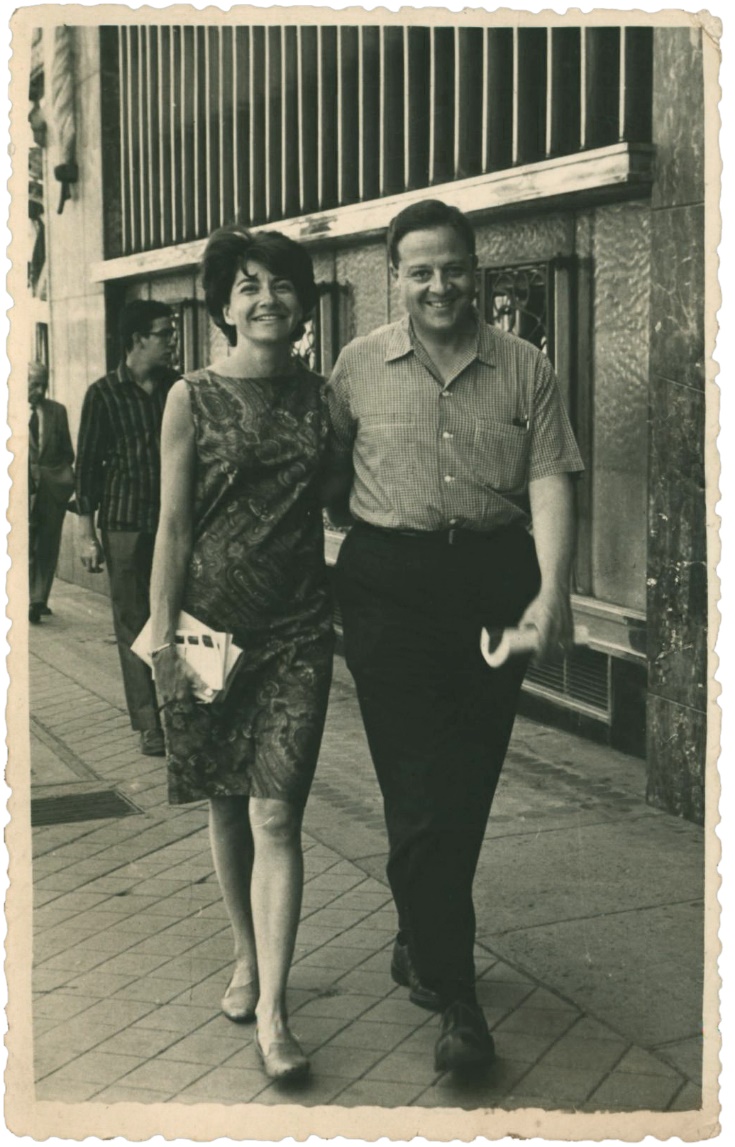
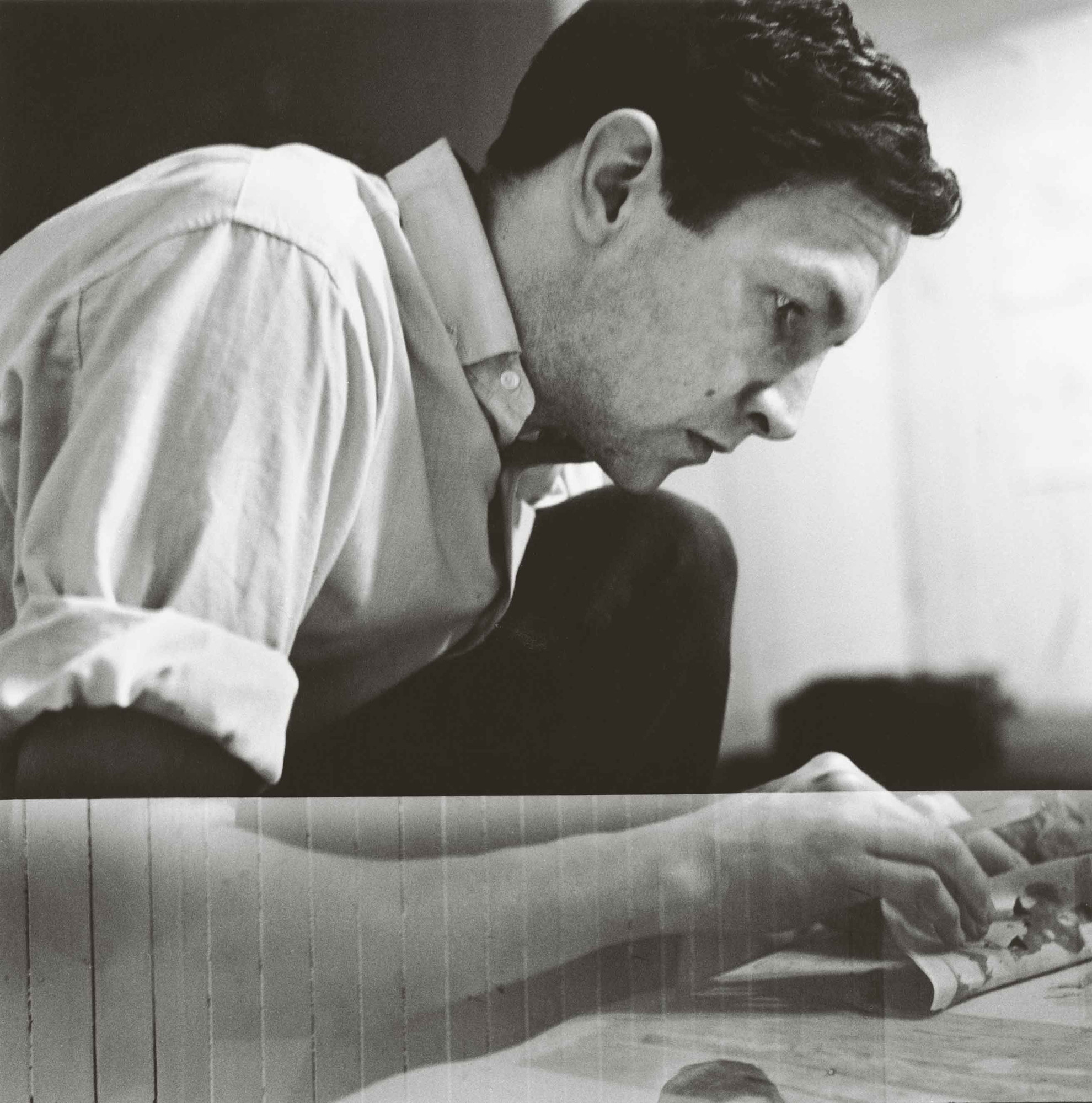
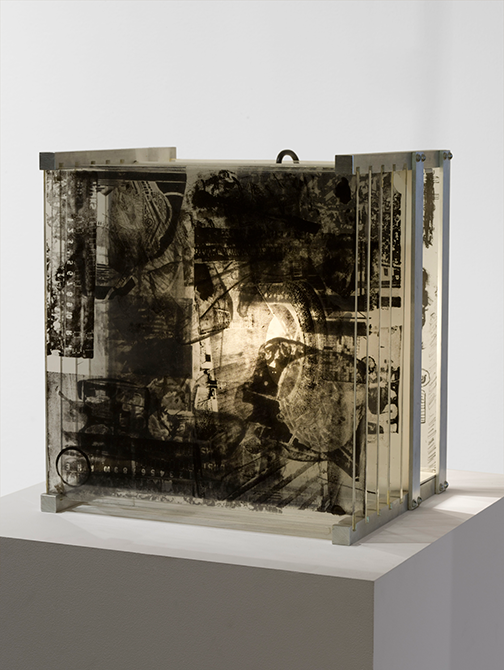
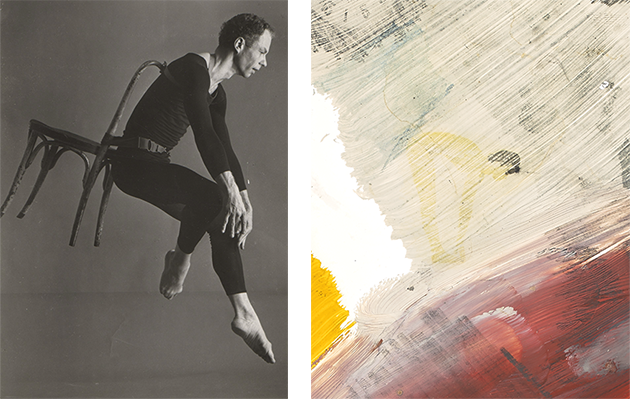

_f10ef393-d9e4-4983-94e3-5dcc857b9375.png)
